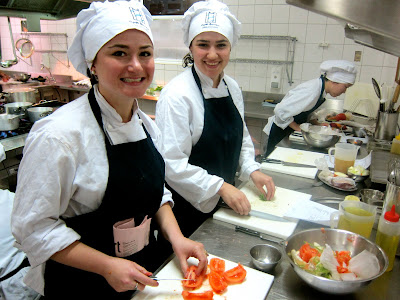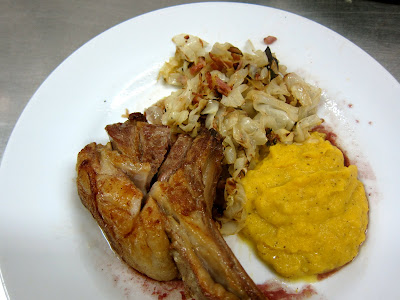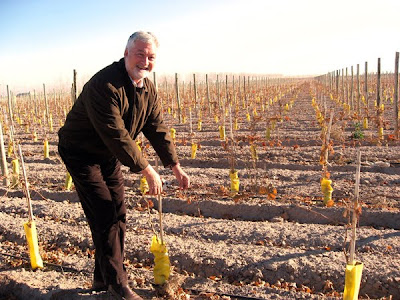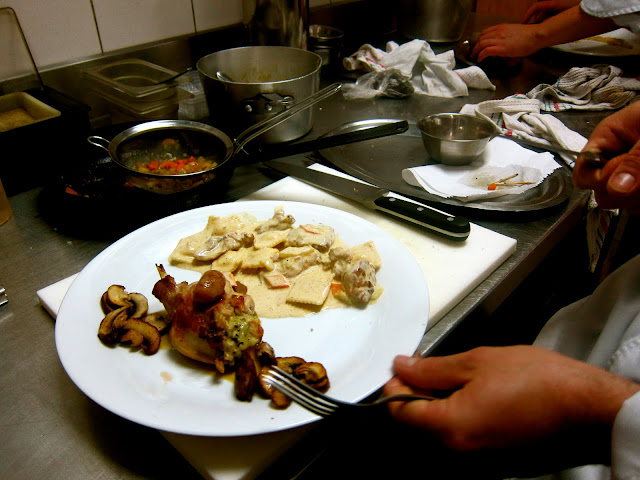As culinary school comes to an end, I thought I'd share some of the nitty, gritty details...i.e. I don't have anything else to post b/c I've been busy packing to come back to the homeland.
But I hope this answers some FAQs.
1) What does your school look like?
It's in Belgrano, a leafy neighborhood in Buenos Aires where lots of families live.
This is the outside:
And each floor has kitchens for practice like this with ovens, stoves, pots, pans and utensils:
2) Do you get to eat the food you make?
Yes. This is what we go home with. We also get to keep whatever raw materials we don't use. For instance, I currently have a large leg of lamb in my freezer that I should probably use before the next tenants get here...

What do your uniforms look like?
Like this. As you can see, they are cleverly designed to make one look as obese as possible; you can't trust a skinny chef.
















































